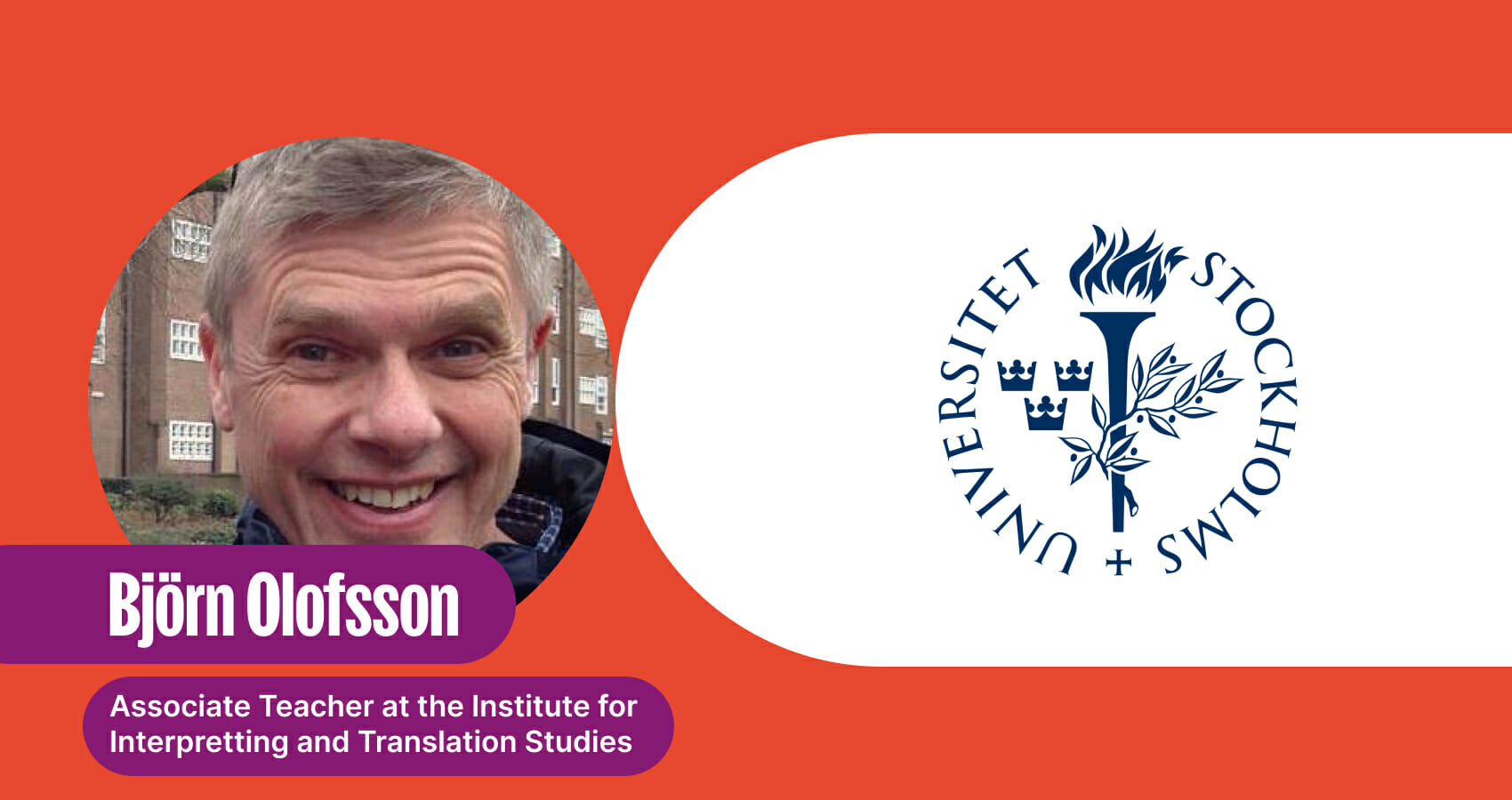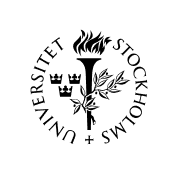Translating WANA Languages at the University of Stockholm

Each year, the Institute for Interpreting and Translation Studies at Stockholm University educates approximately 50 translation students on the bachelor’s level and 20 on the master’s level. The majority of the students translate into Swedish from various languages, but other target languages are also represented.
Phrase and Phrase Language AI support all the WANA (West Asian North African) languages and offer the correct characters and the correct direction of writing without the need to install language packs or dll files. This frees up valuable time for actual teaching and reduces the risk of hitches at University of Stockholm.

Academic
Adapting to the new linguistic landscape of Sweden
In the last few years, particularly due to the international refugee situation, the linguistic landscape in Sweden has changed considerably. An increasing part of the population is now speaking one or more of the WANA (West Asian North African) languages. Arabic has replaced Finnish as the second most spoken language in Sweden, and Kurdish and Persian also rank among the top ten spoken languages. Consequently, there is a high demand for interpreters between Swedish and WANA languages, particularly for immigration administration, healthcare, education, and legal issues.
As the immigrants become more and more integrated into Swedish society, the demand for interpreting decreases, while there is an increasing demand for translation between Swedish and WANA languages. To meet this demand, the Institute for Interpreting and Translation Studies at Stockholm University offers a course in translation from Swedish into various WANA languages. The course is mainly directed at active interpreters. My contribution as a teacher in this new course is introducing the students to the translation market, information mining, and terminology—as well as modern translation technology such as CAT tools and machine translation.
The course is taught exclusively online, as the students are based all over Sweden. Phrase TMS has proved to be a highly efficient tool in the course, as it has a relatively low learning threshold and requires few computer skills compared to the major desktop CAT applications. The fact that Phrase TMS runs in the cloud and can be accessed from any computer platform, makes it ideal for the interpreters who are often on the go between interpreting assignments during their day. Some students even work on a tablet while traveling by bus or train.
Phrase TMS and Phrase Language AI support all the WANA languages and offer the correct characters and the correct direction of writing without the need to install language packs or dll files. This frees up valuable time for actual teaching and reduces the risk of hitches. The MT part varies in quality and generally leaves something to be desired when it comes to WANA languages. However, the important part is making the students familiar with the CAT tool and the methods of communicating with LSPs, which are likely to be the main clients of these future translators.
In the academic year 20/21 the course had approx. 15 students with Arabic, Farsi, and Dari as target languages. In 21/22 there are also students with Somali and Tigrinya as target languages.